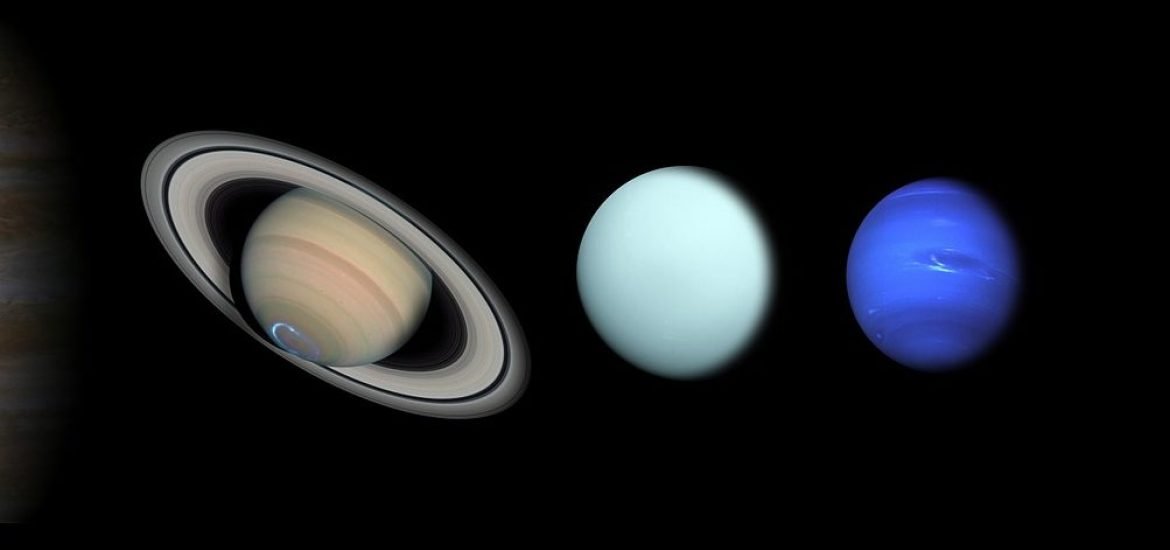
After decades of mystery, scientists have uncovered the composition of clouds surrounding the planet Uranus. Based on observations with the Gemini North telescope, researchers determined the planet’s upper atmosphere contains hydrogen sulphide, the gas that gives rotten eggs their unpleasant odour. The discovery could provide clues as to how the outer planets formed.
“If an unfortunate human were ever to descend through Uranus’s clouds, they would be met with very unpleasant and odiferous conditions,” said study co-author Dr Patrick Irwin, from the University of Oxford.
He added that this would be unlikely to occur: “Suffocation and exposure in the negative 200 degrees Celsius atmosphere made of mostly hydrogen, helium and methane would take its toll long before the smell.”
The researchers involved published their results in the journal Nature Astronomy on Monday. In a press release accompanying the study, scientists explained that their discovery “resolves a stubborn, long-standing mystery of one of our neighbours in space.”
Astronomers have long speculated as to whether hydrogen sulphide (H₂S) or ammonia (NH₃) dominate Uranus’s cloud deck, but lacked concrete evidence. Despite observing the planet for decades and sending the Voyager 2 spacecraft to Uranus, scientists were unable to determine the composition of its clouds – until now.
Located on Hawaii’s Mauna Kea summit, the Gemini North telescope’s Near-Infrared Integral Field Spectrometer (NIFS) instrument obtained the data used. These sensitive spectroscopic measurements break up infrared light into its component wavelengths. This results in a spectrum containing bands called absorption lines, which indicate where the gas in Uranus’s atmosphere absorbs infrared light from the Sun. Using these lines, scientists were able to determine which gas dominates the atmosphere.
“Now, thanks to improved hydrogen sulphide absorption-line data and the wonderful Gemini spectra, we have the fingerprint which caught the culprit,” said Dr Irwin.
The findings reveal that Uranus’s atmospheric composition is distinct from that of Saturn and Jupiter. Unlike ice giant Uranus, gas giants Saturn and Jupiter have upper clouds containing mostly ammonia ice. These differences provide new insights into the outer planets’ formation and history, according to researchers.
Dr Leigh Fletcher, one of the study’s co-authors from the Department of Physics and Astronomy at the University of Leicester, said the variations were likely caused by differences in the conditions where the planets formed.
“During our solar system’s formation the balance between nitrogen and sulphur (and hence ammonia and Uranus’s newly detected hydrogen sulfide) was determined by the temperature and location of planet’s formation,” explained Fletcher.
Researchers suspect Neptune’s cloud deck also contains hydrogen sulphide.
The team said their findings suggest more information about the early solar system could be gained from studying the conditions on Uranus and other outer planets. They also said the discovery could open up future opportunities to better understand the physical conditions on planets outside of our solar system.